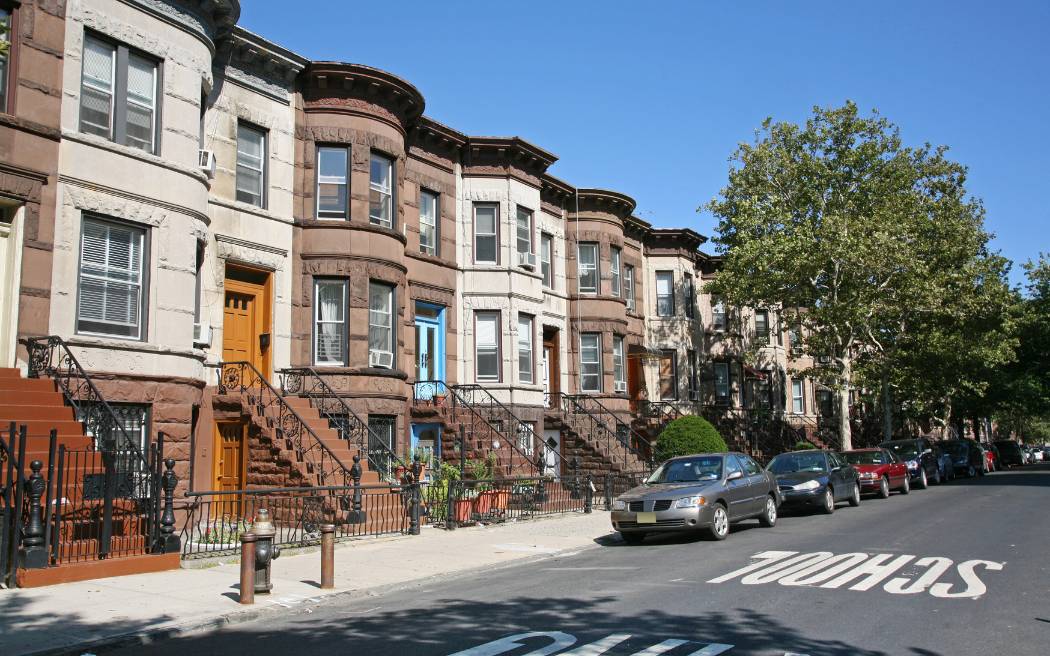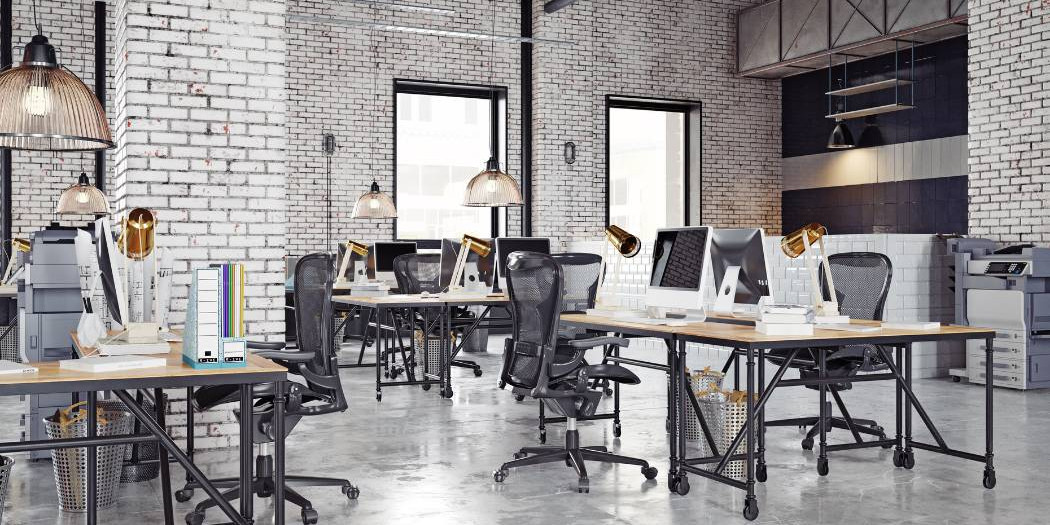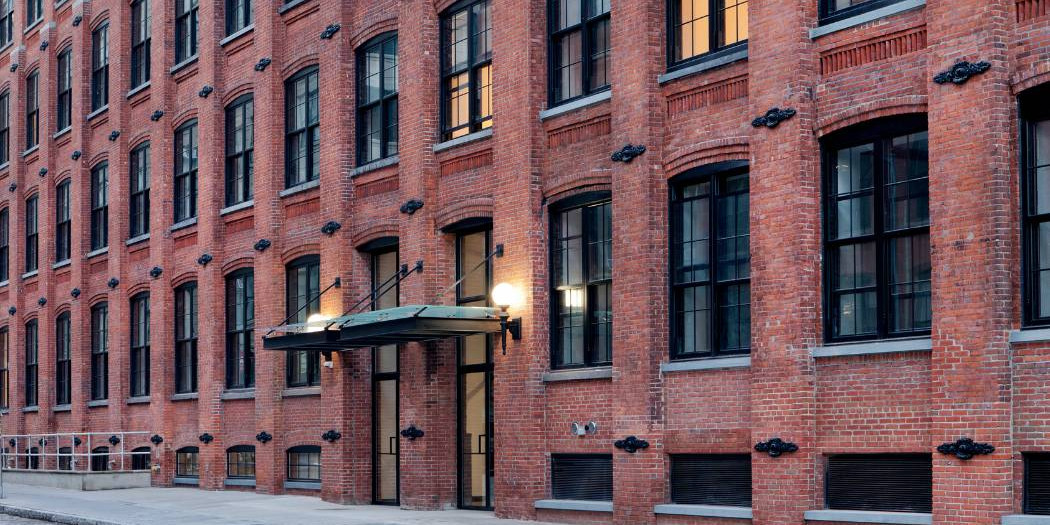Brooklyn’s industrial backbone once a global symbol of working-class grit and economic resilience—is being dismantled piece by piece. As warehouses and factories give way to luxury condos and boutique developments, the borough’s blue-collar identity is under threat. The consequences of this shift reach far beyond aesthetics they cut into the economic lifeblood of the communities that built Brooklyn from the ground up.
Rezoning: A Double-Edged Sword
Rezoning has become a buzzword synonymous with progress. But in reality, these policies have too often favored luxury residential and commercial developers at the expense of industrial businesses. Once-vibrant manufacturing corridors are now dotted with construction cranes promising upscale living, while long-standing industrial tenants are priced out or forced to relocate.
For working-class Brooklynites, this means the disappearance of good-paying, accessible jobs that don’t require a college degree. These aren’t just positions on factory floors they include careers in logistics, maintenance, food production, and light manufacturing that have traditionally offered economic mobility for immigrant and minority communities.
Gentrification’s Quiet Casualty: Industrial Heritage
Brooklyn’s industrial identity isn’t just about jobs; it’s cultural. The borough’s industrial spaces tell the story of American innovation, wartime production, and generations of skilled labor. But as glass towers replace brick warehouses, we risk erasing that history along with the people still writing it today.
Local artists, fabricators, and craftspeople often rely on affordable industrial spaces to make a living. When those spaces are rezoned or demolished, creative industries suffer too. What remains is a city with less diversity not just economically, but culturally and socially.

Who’s Really Benefiting?
The narrative pushed by developers is that new condos bring growth and prosperity. But for whom? As industrial sites are converted into expensive residential complexes, low-income workers are pushed further to the margins geographically and economically. The tax base may grow, but if that growth is built on the displacement of thousands of working-class residents, can it truly be called progress?
What Needs to Happen
If Brooklyn is to remain a borough for all not just the affluent—policy must prioritize the preservation of industrial zones. This means creating protections for manufacturing businesses, offering incentives for industrial job creation, and resisting unchecked rezoning applications that favor high-end development over economic equity.
We also need public investment in infrastructure that supports industrial growth: better freight systems, upgraded utilities, and modernized zoning that reflects 21st-century manufacturing needs not just real estate speculation.
Conclusion: The Fight Isn’t Over
Brooklyn’s future shouldn’t be built solely on penthouses and coffee shops. The factories, warehouses, and workshops still have a vital role to play not only in our economy, but in our community identity. Preserving industrial spaces is about more than nostalgia; it’s about economic justice, sustainability, and giving future generations a chance at the same opportunities that built this borough.
Let’s stop treating industry like a relic of the past and start recognizing it as a pillar of Brooklyn’s future.




